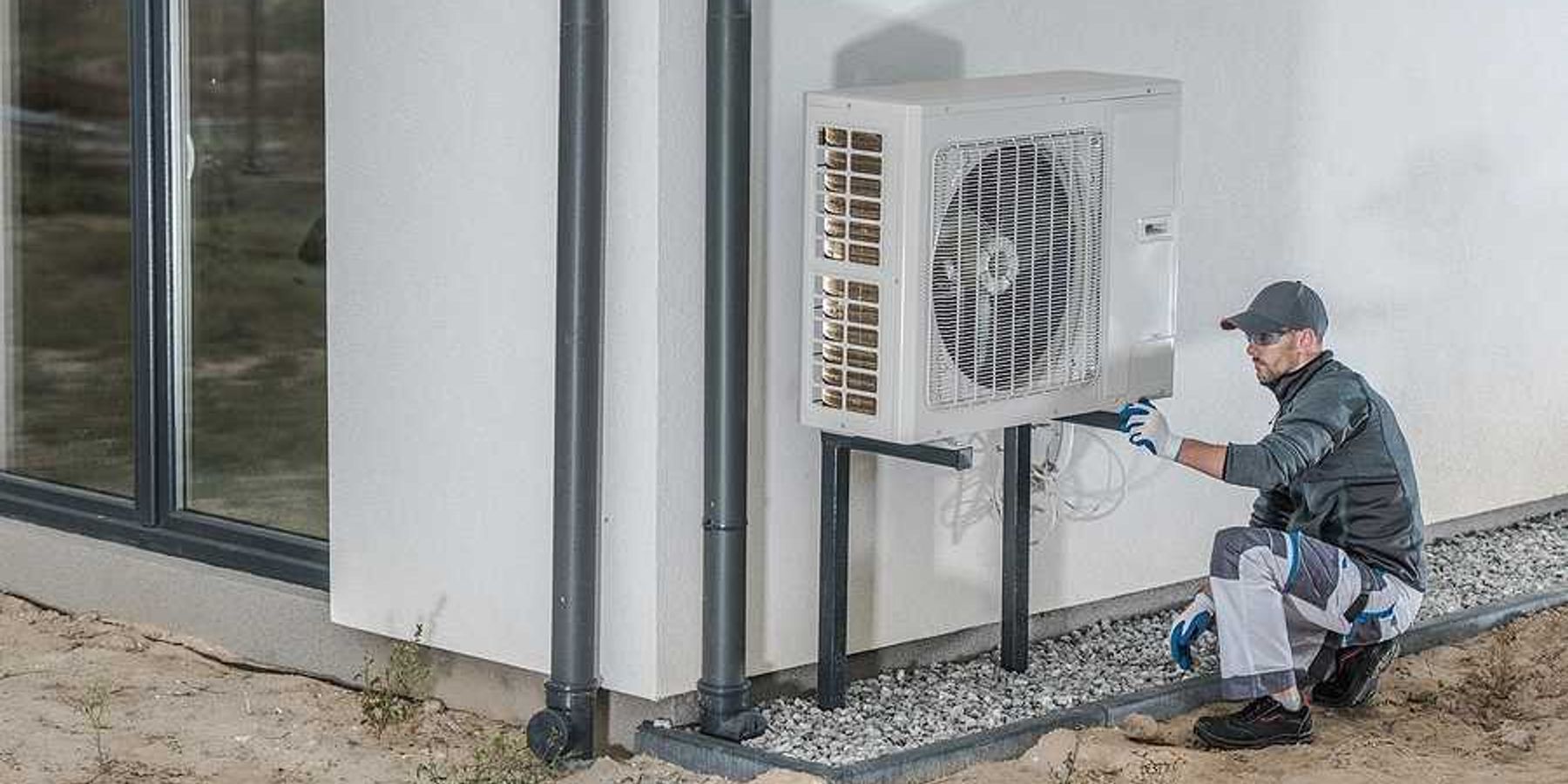NOAA prepares for major staff layoffs amid federal cuts
Mass layoffs are expected soon at the National Oceanic and Atmospheric Administration (NOAA), with sources warning that job cuts could undermine the agency’s ability to provide critical weather forecasts.
Zack Budryk reports for The Hill.
In short:
- NOAA, which operates under the Commerce Department, has so far avoided deep federal cuts but is now expected to lose a significant number of employees.
- Initially, only new hires were slated for termination, but leadership was later directed to add recently promoted employees, veterans, and disabled workers to the list.
- Concerns are growing that layoffs could weaken NOAA’s ability to track hurricanes and extreme weather, with some insiders fearing lives could be at risk.
Key quote:
"Cutting NOAA staff indiscriminately, not selectively based on the roles that they play, just based on the number of years that they’ve had experience in the agency, is going to cripple the agency and have a strong, negative impact potentially."
— Anonymous NOAA source
Why this matters:
NOAA plays a critical role in weather forecasting, climate monitoring, and disaster response. Cutting its workforce could slow storm tracking, weaken early warning systems, and make communities more vulnerable to extreme weather. The agency also monitors geomagnetic storms, which can disrupt telecommunications and power grids. As climate change intensifies hurricanes, wildfires, and other natural disasters, a weakened NOAA could leave Americans with less time to prepare and respond.
Related: NOAA scientists face restrictions on foreign collaboration













